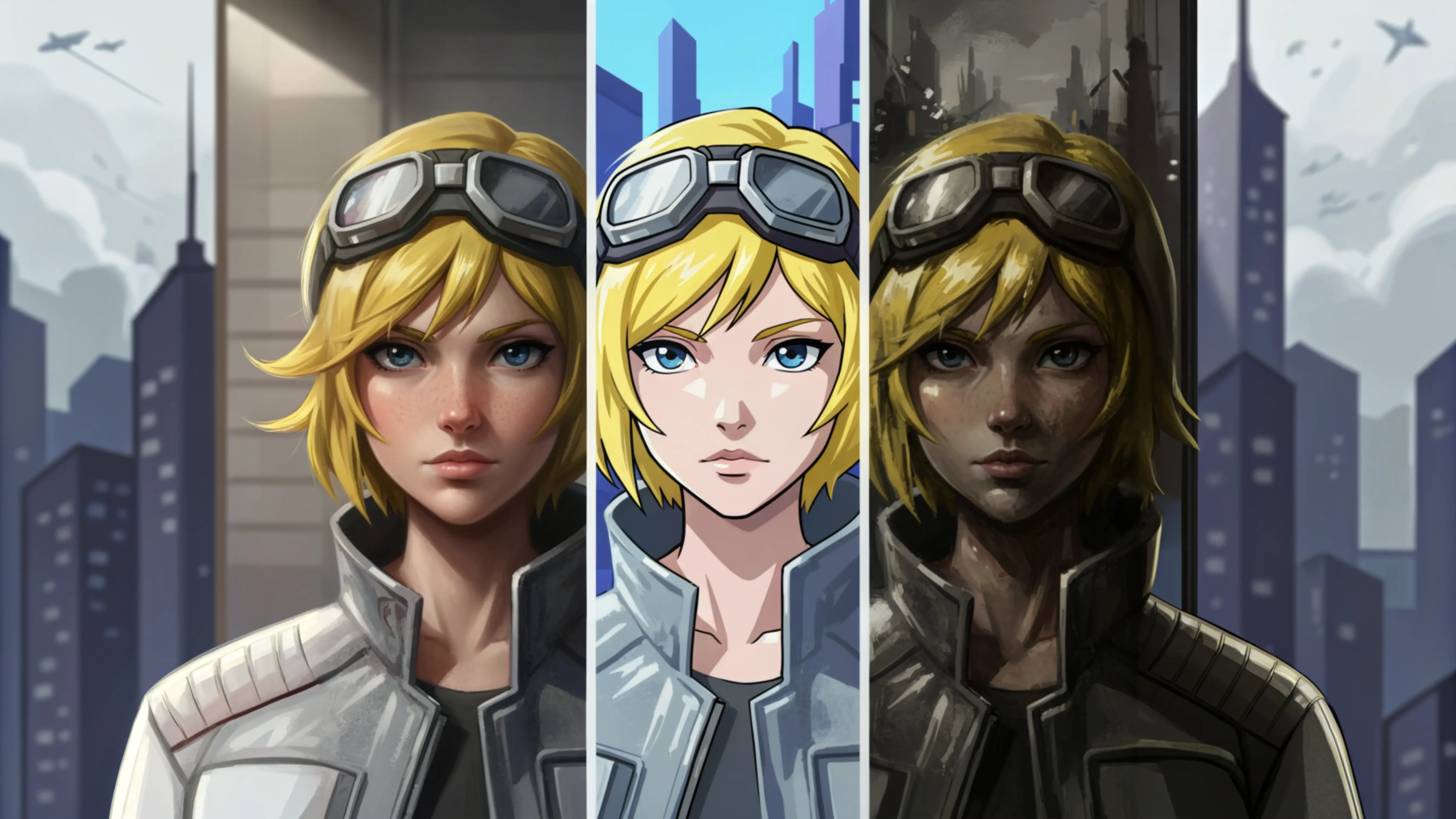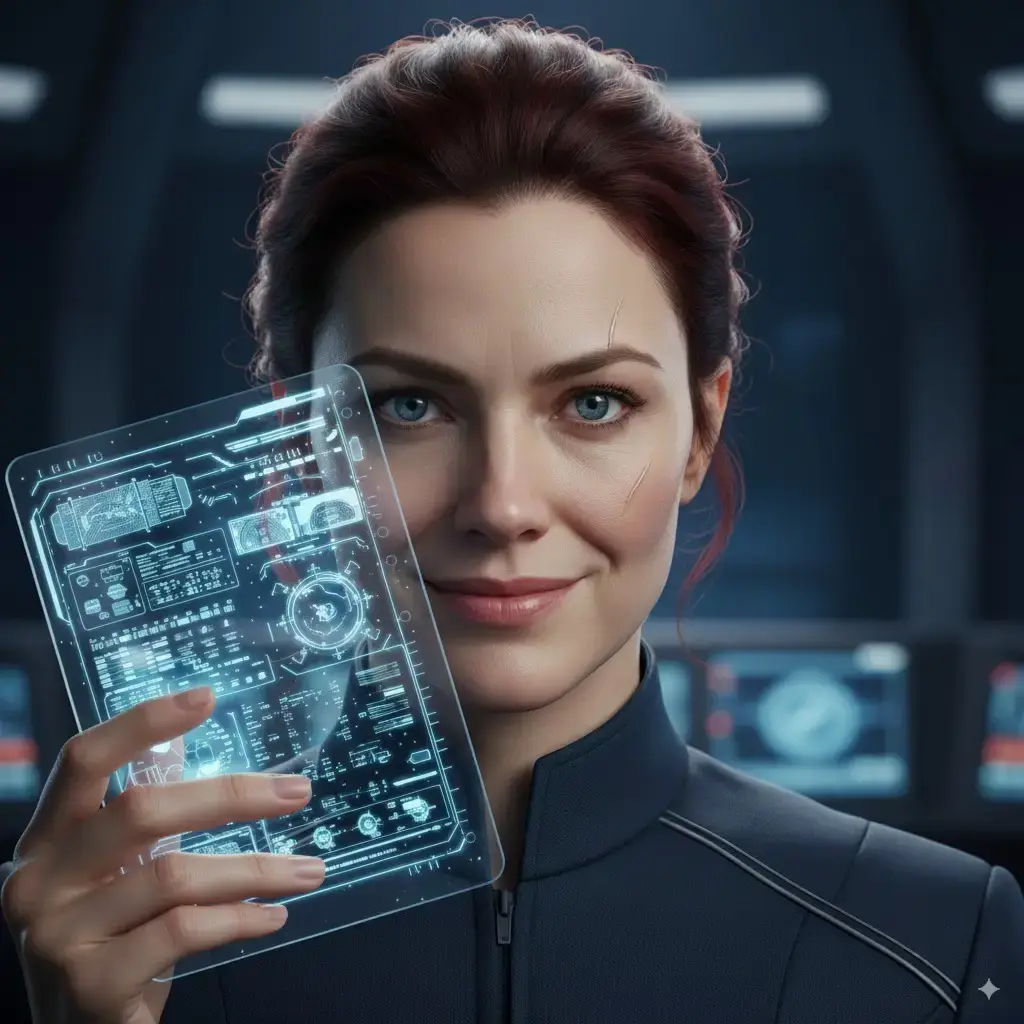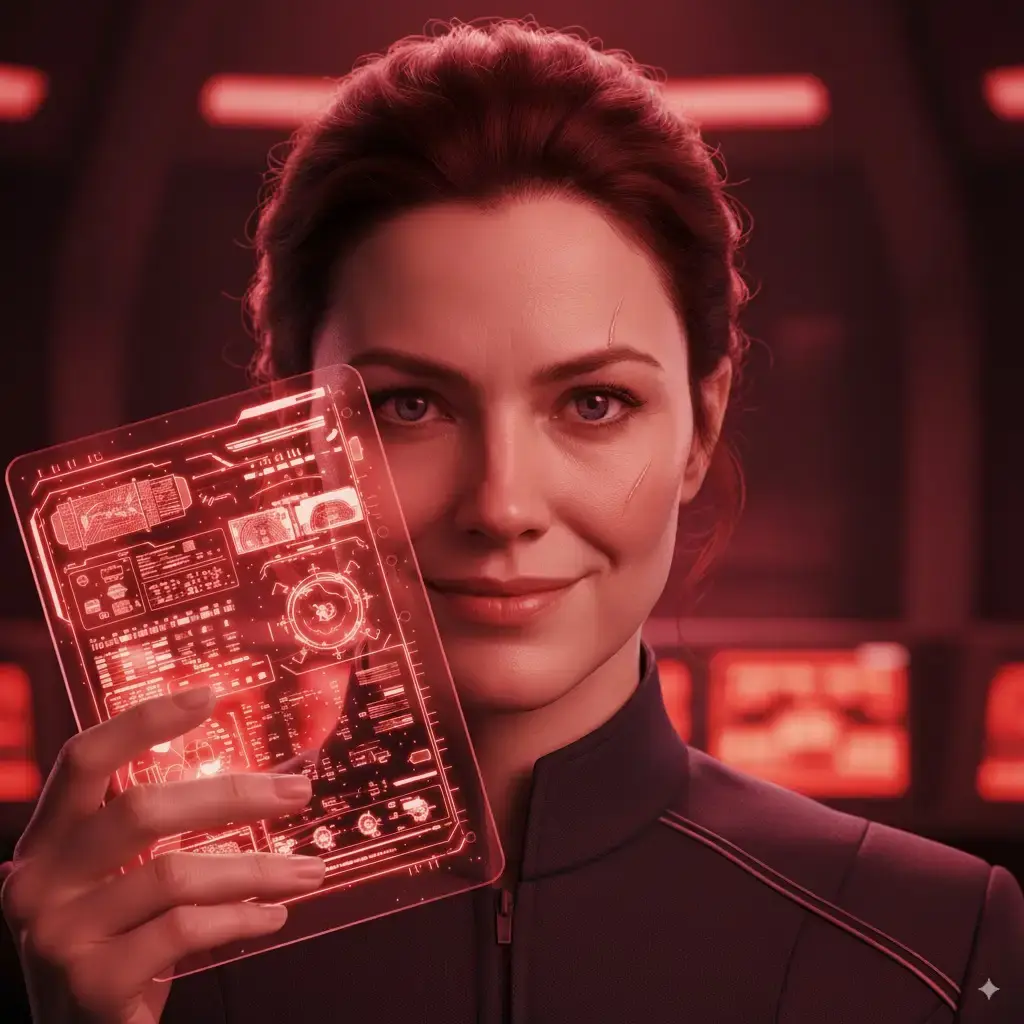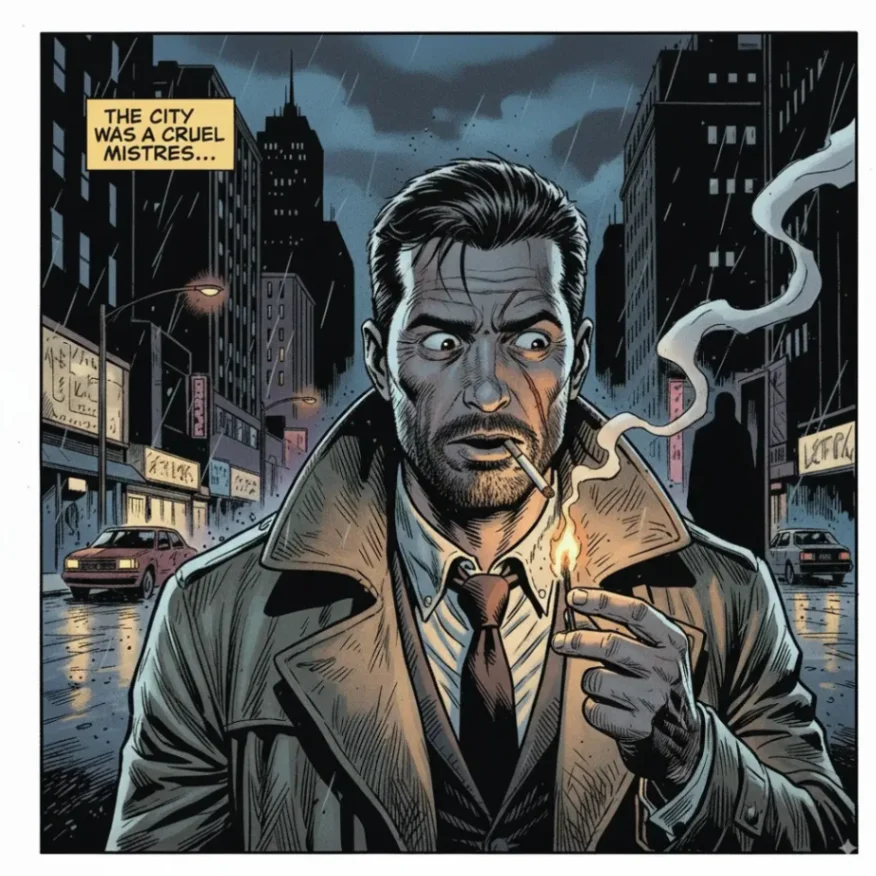How to Create Consistent Characters with Nano Banana

One of the most significant challenges in AI image generation has been character consistency.
For storytellers, designers, and creators, generating a beloved character only to have their features shift in the next image has been a persistent barrier.
Enter Gemini 2.5 Flash Image, also known as Nano Banana, Google’s state-of-the-art model designed to address this very issue.
This guide will provide a comprehensive, step-by-step walkthrough, derived solely from the official documentation, on how to leverage the powerful features of Nano Banana to create and maintain visually stable characters across multiple scenes, edits, and narratives.
Achieving perfect consistency is not about a single magical prompt, but rather a collection of powerful, interconnected techniques.
By mastering hyper-specific descriptions, engaging in conversational, iterative refinement, and utilizing advanced, precise editing tools, you can unlock a new level of creative control and bring your characters to life with unwavering fidelity.
The Foundation - Crafting Your “Character DNA” with Hyper-Specific Prompts
The journey to a consistent character begins with a single, fundamental principle emphasized in the official documentation: “Describe the scene, don’t just list keywords.”
The model’s core strength lies in its deep language understanding, meaning a rich, descriptive paragraph will almost always outperform a simple list of words.
This initial prompt acts as the “genetic code” or “DNA” for your character, establishing the core traits the model will reference in all subsequent generations.
The Power of Being Hyper-Specific
The documentation’s best practices highlight the need to be “Hyper-Specific.” This is the most critical step in creating a replicable character.
Vague descriptions lead to vague and inconsistent results.
Instead of prompting for “a fantasy warrior,” you must provide enough detail for the model to render a unique and specific individual.
The documentation gives an example: instead of “fantasy armor,” describe it as “ornate elven plate armor, etched with silver leaf patterns, with a high collar and pauldrons shaped like falcon wings.”
To build a robust “Character DNA,” structure your prompt to include exhaustive detail across several categories:
-
Physical Appearance: Go beyond the basics. Specify face shape, eye color and shape, hair color, style, and texture. Include unique identifiers like scars, tattoos, freckles, or birthmarks. Describe the character’s build, estimated height, and posture.
-
Clothing and Accessories: Detail every single item of clothing. Mention the material (e.g., “weathered leather,” “brushed cotton,” “silk”), the color with modifiers (e.g., “faded crimson,” “forest green”), and the specific style (“a well-tailored Victorian-era waistcoat,” “a cyberpunk bomber jacket with glowing lapels”).
-
Art Style and Medium: Define the aesthetic from the outset. Reference the documentation’s templates for “Photorealistic scenes” or “Stylized illustrations.” Explicitly state if the character should be a “photorealistic close-up portrait,” a “kawaii-style sticker,” or in a “gritty, noir art style.” This stylistic instruction is just as important as the character’s physical traits for maintaining consistency.
Example of a “Character DNA” Prompt:
A photorealistic close-up portrait of Captain Eva Rostova, a 35-year-old starship captain. She has a strong jawline, piercing sapphire-blue eyes, and dark auburn hair pulled back into a tight, functional bun. A thin, silvery scar runs vertically over her left eyebrow. She is wearing a dark navy blue, high-collared uniform made of a matte, durable fabric, with subtle silver piping on the shoulders. The scene is illuminated by the soft, ambient glow of a starship bridge, creating a professional and determined atmosphere. Captured with a prime lens, emphasizing the crisp details of her uniform and the determined expression on her face.

The Power of Conversation - Iterative Refinement and Multi-Turn Editing
Nano Banana’s conversational nature is arguably its most powerful feature for ensuring character consistency.
The documentation highlights “Iterative Refinement,” which allows you to “Engage in a conversation to progressively refine your image over multiple turns, making small adjustments until it’s perfect.”
This transforms the creation process from a series of isolated commands into a fluid dialogue between you and the AI.
The Workflow of Conversational Editing
This multi-turn editing or “chat” mode allows you to generate a base image of your character and then modify it step-by-step.
Each new prompt uses the previous image as its primary context, ensuring the core elements especially your character’s carefully defined features are preserved.
Here is a practical workflow for using this technique:
-
Generate the Base Image: Begin by using your highly-detailed “Character DNA” prompt from Section 1 to create the first, definitive image of your character.
-
Use the Output as the New Context: This first image now becomes the foundation. In a conversational interface, the model will automatically reference it for your next instruction.
-
Make Small, Specific Changes: Instead of writing a new, complex prompt, issue simple, direct commands to alter the scene or the character’s state. The documentation provides an example of changing a car’s color and form over multiple turns; the same logic applies to characters.
Character-Focused Example Chain:
-
Initial Prompt: (Using the detailed “Character DNA” prompt for Captain Eva Rostova)
-
First Image Generated: A portrait of the serious, determined Captain Rostova on her bridge.
-
Follow-up Prompt 1: “That’s perfect. Now, make her have a slight, confident smile.”



You are simply instructing it to modify specific elements of the existing image.
This method is ideal for changing expressions, adding or removing small objects, and altering the environment while locking in your character’s core identity.
**Read More : **15 Nano Banana Image Editing Examples & Prompts
Surgical Precision - Advanced Editing for Unwavering Consistency
For moments that require absolute precision, Nano Banana offers advanced editing capabilities that act like a surgical tool, allowing you to modify specific parts of an image while protecting your character’s established appearance.
These techniques are essential for tasks like changing outfits or placing your character in entirely new settings without any feature “drift.”
Inpainting (Semantic Masking)
The documentation describes a powerful technique for “inpainting,” which allows you to conversationally define a “mask” to edit a specific part of an image while leaving the rest “untouched.”
This is the key to making significant changes to a character’s attire or held items without risking any alteration to their face or body.
The provided template is a clear guide: “Using the provided image, change only the [specific element] to [new element/description]. Keep everything else in the image exactly the same, preserving the original style, lighting, and composition.”
Character-Focused Example:
Using the provided image of Captain Eva Rostova, change only her navy blue uniform jacket to be a white, formal dress uniform with gold epaulets. Keep her face, hair, and confident smile exactly the same.

It’s a direct and powerful way to manage costume changes for storytelling or branding.
High-Fidelity Detail Preservation
When it is absolutely critical that a character’s features remain identical, the documentation points to a method for “High-fidelity detail preservation.” This is the ultimate tool for consistency.
The key is to describe the details you want to preserve with great specificity along with your edit request.
The template for this is explicit: “Using the provided images, place [element from image 2] onto [element from image 1]. Ensure that the features of [element from image 1] remain completely unchanged.”
While the documentation’s example involves placing a logo on a headshot, the principle is directly applicable to character consistency.
You can use this to place your established character into a completely new scene or composition.
Character-Focused Example:
Using the provided headshot of Captain Eva Rostova, place her into a background depicting a bustling, futuristic cityscape at night. Ensure that her facial features, auburn hair, and confident expression remain completely unchanged. The lighting on her should be adjusted to match the neon glow of the city.

Building a World - Consistency in Sequential Art and Storytelling
The combination of all these techniques is especially powerful for creators of sequential art, such as comics, storyboards, or illustrated narratives.
The documentation provides a specific template for creating a “Sequential art (Comic panel / Storyboard),” which “Builds on character consistency and scene description to create panels for visual storytelling.”
A Workflow for Comic Panels
Creating a comic or storyboard involves applying the previously discussed strategies in a sequence to tell a visual story.
- Establish Panel 1: Use your detailed “Character DNA” prompt to create the first panel. This sets the character, the art style, and the initial scene.
- Example: “A single comic book panel in a gritty, noir art style. In the foreground, a detective named Jack Riley, a man in his 40s with a tired expression, a five-o’clock shadow, and a scar across his chin, is lighting a cigarette. He’s wearing a rumpled trench coat. In the background, a rain-slicked city street at night. The panel has a caption box with the text ‘The city was a cruel mistress…’. The lighting creates a somber mood.”

- Example: “Using the previous image, keep Jack Riley looking exactly the same, but change his expression to one of surprise as he looks off-panel to the right.”

- Example: “Using the image from Panel 2, keep Jack Riley’s surprised expression, but now add the dark silhouette of a mysterious figure standing in a doorway in the background.”

Best Practices and Pro-Tips for Flawless Characters
To elevate your results from good to truly exceptional, the documentation provides several “Best Practices” that serve as a final checklist for mastering character consistency.
-
Be Hyper-Specific: This cannot be overstated. The more detail you provide in your initial “Character DNA” prompt, the more control you have over the final output.
-
Provide Context and Intent: Explain the purpose of the image. For instance, “Create a character portrait for a video game profile screen” will yield a different, more focused result than simply “Create a character.” The model’s understanding of your goal influences its choices.
-
Iterate and Refine: Embrace the conversational nature of Nano Banana. Rarely is the first image perfect. Use follow-up prompts to make small adjustments. “That’s great, but can you make the lighting a bit warmer?” or “Keep everything the same, but change the character’s expression to be more serious.”
-
Use Step-by-Step Instructions: For complex scenes involving your character, break the prompt down into a logical sequence. “First, create a background of a serene, misty forest at dawn. Then, in the foreground, add [your detailed character description] standing on a moss-covered stone. Finally, place a glowing sword in their hand.”
-
Control the Camera: Utilize photographic and cinematic language to direct the composition. Terms like “wide-angle shot,” “macro shot,” “low-angle perspective,” and “dutch angle” give you precise control over how your character is framed, which also contributes to stylistic consistency.
-
Use “Semantic Negative Prompts”: Instead of telling the model what not to include (e.g., “no cars”), describe the desired scene in positive terms (e.g., “an empty, deserted street with no signs of traffic”). This helps control the environment around your character more effectively.
Conclusion
The challenge of creating consistent characters in AI-generated art has been a significant hurdle for creators.
With Gemini 2.5 Flash (Nano Banana), that hurdle has been substantially lowered. The solution lies not in a single button, but in a sophisticated suite of interconnected tools that empower you to define, refine, and control your creations with remarkable precision.
By starting with a hyper-specific “Character DNA” prompt, engaging in conversational, iterative refinement, and employing surgical editing techniques like inpainting and high-fidelity detail preservation, you can achieve a level of consistency that was previously out of reach.
Whether you are designing a brand mascot, illustrating a comic book, or storyboarding a film, these strategies, drawn directly from the official documentation, provide a clear roadmap to bringing your characters to life—and keeping them alive—across every image and every story you tell.